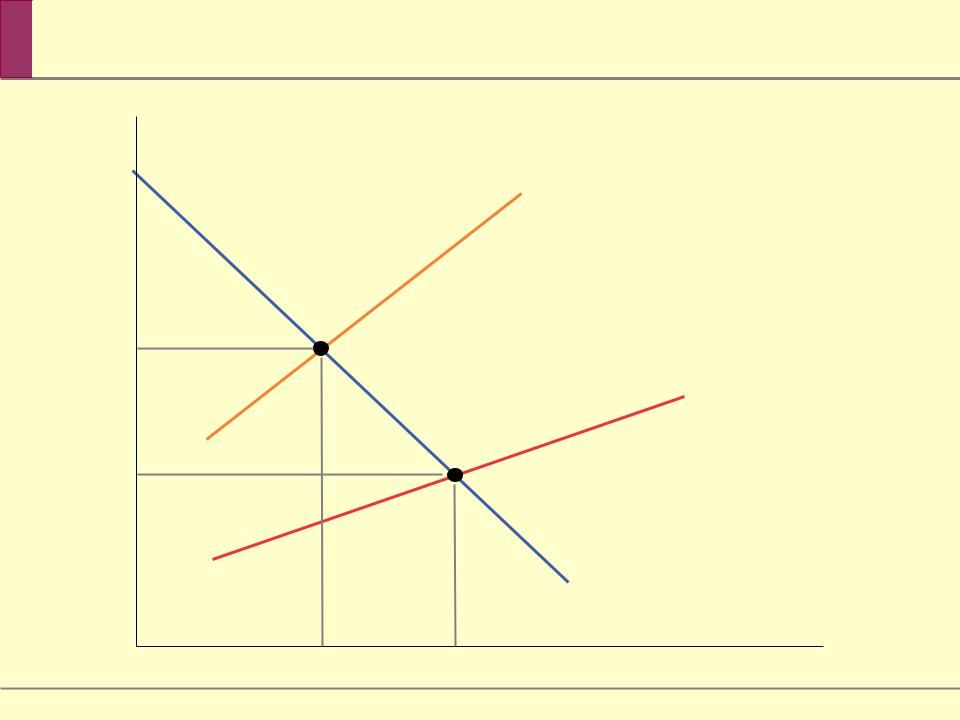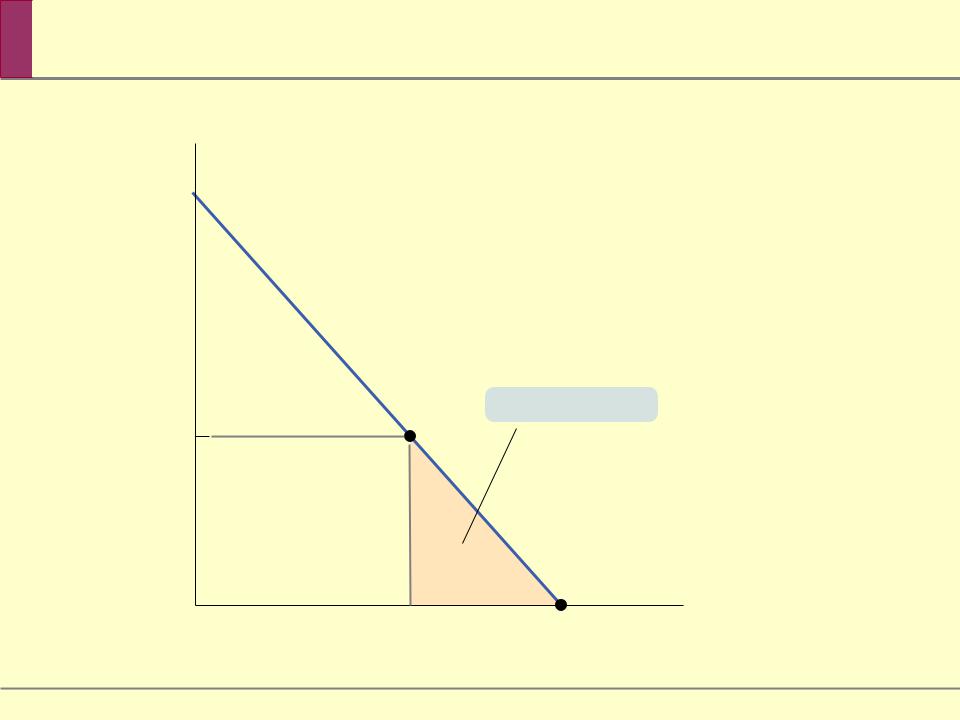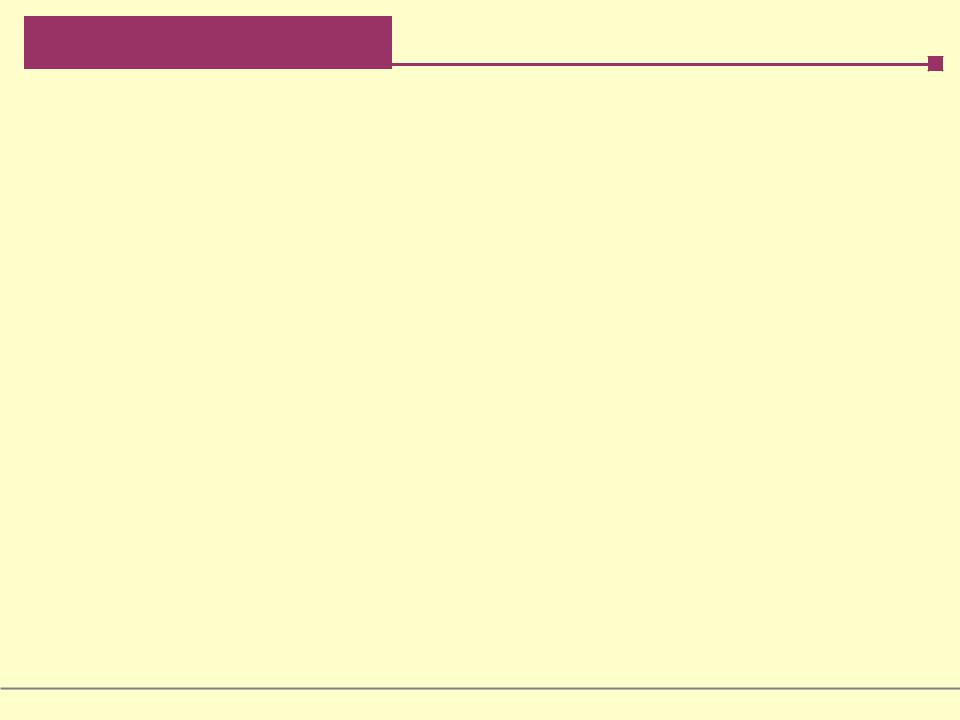
Lectures_micro / Microeconomics_presentation_Chapter_18
.pdf

 Common Resources
Common Resources
A common resource is nonexcludable and rival in consumption: you can’t stop me from consuming the good, and more consumption by me means less of the good available for you.
Some examples of common resources are clean air and water as well as the diversity of animal and plant species on the planet (biodiversity).
In each of these cases, the fact that the good, though rival in consumption, is nonexcludable poses a serious problem.


 The Problem of Overuse
The Problem of Overuse
Common resources left to the free market suffer from overuse.
Overuse occurs when a user depletes the amount of the common resource available to others but does not take this cost into account when deciding how much to use the common resource.
In the case of a common resource, the marginal social cost of my use of that resource is higher than my individual marginal cost or the cost to me of using an additional unit of the good.
The following figure illustrates this point…


 A Common Resource
A Common Resource

The Efficient Use and Maintenance of a Common
Resource
To ensure efficient use of a common resource, society must find a way of getting individual users of the resource to take into account the costs they impose on other users.
Like negative externalities, a common resource can be efficiently managed by:
a tax or a regulation imposed on the use of the common resource.
making it excludable and assigning property rights to it.
creating a system of tradable licenses for the right to use the common resource.


 Artificially Scarce Goods
Artificially Scarce Goods
An artificially scarce good is excludable but nonrival in consumption.
Because the good is nonrival in consumption, the efficient price to consumers is zero.
However, because it is excludable, sellers charge a positive price, which leads to inefficiently low consumption.


 Artificially Scarce Goods
Artificially Scarce Goods
A good is made artificially scarce because producers charge a positive price.
The marginal cost of allowing one more person to consume the good is zero.
The problems of artificially scarce goods are similar to those posed by a natural monopoly.


 An Artificially
An Artificially
Price of pay-per-view movie
Deadweight loss |
0
-per-view movies watched

SUMMARY
1.Goods may be classified according to whether or not they are excludable and whether or not they are rival in consumption.
2.Free markets can deliver efficient levels of production and consumption for private goods, which are both excludable and rival in consumption.
3.When goods are nonexcludable, there is a free-rider problem: consumers will not pay for the good, leading to inefficiently low production. When goods are nonrival in consumption, they should be free, and any positive price leads to inefficiently low consumption.

SUMMARY
4. A public good is nonexcludable and nonrival in consumption. In most cases a public good must be supplied by the government. The marginal social benefit of a public good is equal to the sum of the individual marginal benefits to each consumer. The efficient quantity of a public good is the quantity at which marginal social benefit equals the marginal cost of providing the good. Like a positive externality, marginal social benefit is greater than any one individual’s marginal benefit, so no individual is willing to provide the efficient quantity.
5. One rationale for the presence of government is that it allows citizens to tax themselves in order to provide public goods. Governments use cost-benefit analysis to determine the efficient provision of a public good.

SUMMARY
6.A common resource is rival in consumption but nonexcludable. It is subject to overuse, because an individual does not take into account the fact that his or her use depletes the amount available for others. This is similar to the problem of a negative externality: the marginal social cost of an individual’s use of a common resource is always higher than his or her individual marginal cost. Pigouvian taxes, the creation of a system of tradable licenses, or the assignment of property rights are possible solutions.
